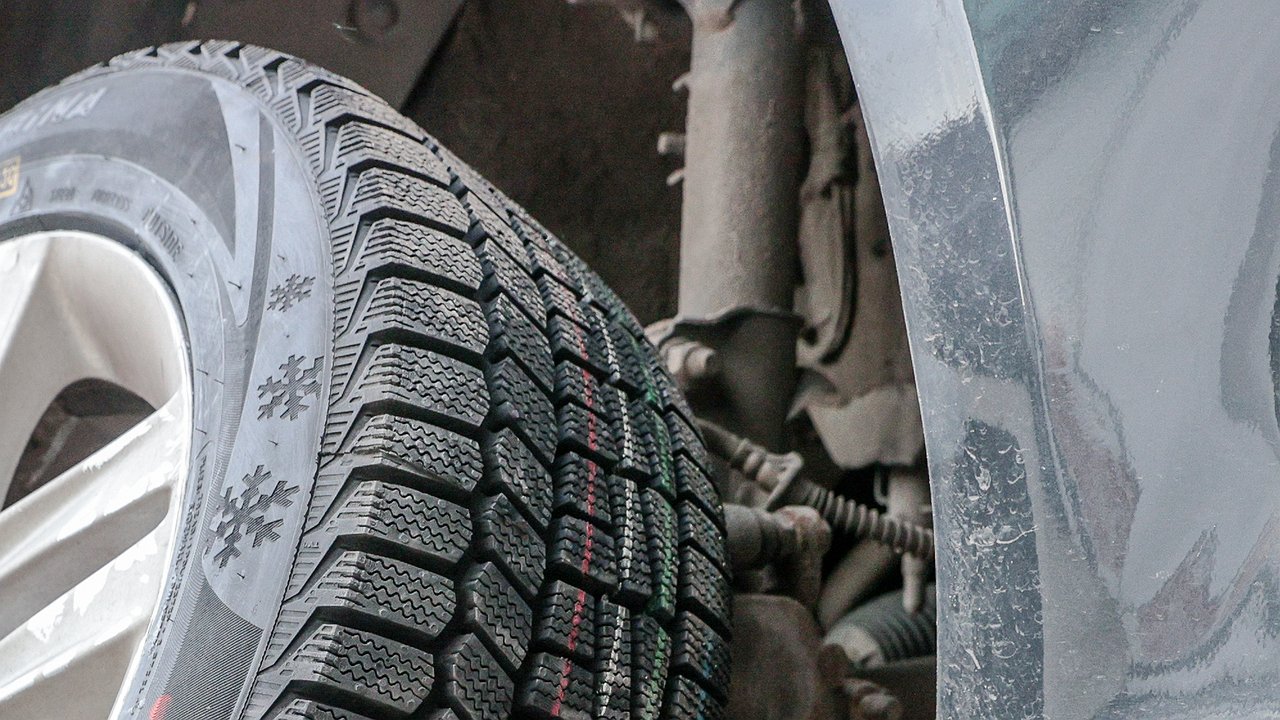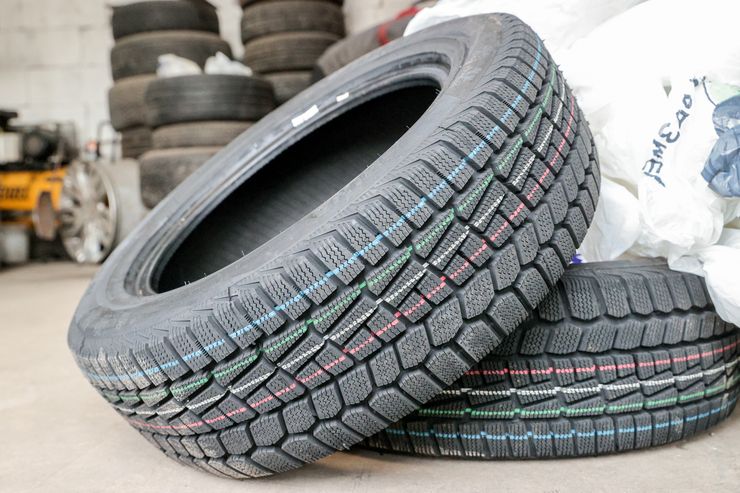How to make non-studded tires better grip on ice
- December 22, 2023
- 0
Studless winter tires are the choice of car owners who rarely find themselves on parts of the road covered with pure ice. But no one is immune to
Studless winter tires are the choice of car owners who rarely find themselves on parts of the road covered with pure ice. But no one is immune to

Difficulties with Velcro usually arise on ice that is flooded with water, for example during a thaw. Or when you have to move on ice covered with snow porridge that has half melted due to the influence of reagents. This happens because the “non-studded” tire does not cling to the smooth road surface with steel nails, but with a rubber tread. On melted ice and snow, it immediately becomes clogged with particles of semi-frozen water and the wheel actually loses its “teeth”.
On a flat road, this effect is not as noticeable as when driving a car up a hill or, if necessary, overcoming icy hills – for example, in a parking lot near an apartment building. In both cases, the car usually only has to overcome a few problematic meters and then go wherever you want.
At such moments, the car owner understands that passing the ill-fated segment with studded wheels would not have caused any problems. But you should not give up your usual type of winter tires for a few small episodes of this kind. After all, for their sake you will have to endure the rumble of nails on the asphalt for several months every year. It is much easier to apply various methods to improve the grip of the car’s wheels on the road.
As a means of overcoming an icy fall, most drivers will immediately think of snow chains or some sort of plastic equivalent, which is also worn on the tires. Yes, that is an option. But as practice shows, car owners generally do not like tinkering with the installation/disassembly of these devices.
Instead, you can, for example, reduce the pressure in your tires to increase the contact area with the road surface. At the same time, the clutch improves and the car gets the chance to move itself. With a standard wheel pressure of 2.2-2.5 atmospheres it can be deflated to approximately 1.5 atmospheres. And drive slowly and try to prevent the drive shaft from slipping. And don’t be overzealous in turning the wheel. Otherwise, in the heat of the moment, you can turn the steering wheel so that you can remove the tire.
The second way to radically improve the grip of Velcro on ice is chemically. Automotive stores sell special automotive chemicals designed for this purpose. As a rule, this is a special spray that should be used a few minutes before driving to treat the tire tread. The special composition forms an extremely adhesive film on the surface of the wheel. If you do not slip, during such a treatment you can move on the smoothest ice for 3-4 minutes – until the substance completely disappears. In most cases, this time is enough to get out of the icefall.

Difficulties with Velcro usually arise on ice that is flooded with water, for example during a thaw. Or when you have to move on ice covered with snow porridge that has half melted due to the influence of reagents. This happens because the “non-studded” tire does not cling to the smooth road surface with steel nails, but with a rubber tread. On melted ice and snow, it immediately becomes clogged with particles of semi-frozen water and the wheel actually loses its “teeth”.
On a flat road, this effect is not as noticeable as when driving a car up a hill or, if necessary, overcoming icy hills – for example, in a parking lot near an apartment building. In both cases, the car usually only has to overcome a few problematic meters and then go wherever you want.
At such moments, the car owner understands that passing the ill-fated segment with studded wheels would not have caused any problems. But you should not give up your usual type of winter tires for a few small episodes of this kind. After all, for their sake you will have to endure the rumble of nails on the asphalt for several months every year. It is much easier to apply various methods to improve the grip of the car’s wheels on the road.
As a means of overcoming an icy fall, most drivers will immediately think of snow chains or some sort of plastic equivalent, which is also worn on the tires. Yes, that is an option. But as practice shows, car owners generally do not like tinkering with the installation/disassembly of these devices.
Instead, you can, for example, reduce the pressure in your tires to increase the contact area with the road surface. At the same time, the clutch improves and the car gets the chance to move itself. With a standard wheel pressure of 2.2-2.5 atmospheres it can be deflated to approximately 1.5 atmospheres. And drive slowly and try to prevent the drive shaft from slipping. And don’t be overzealous in turning the wheel. Otherwise, in the heat of the moment, you can turn the steering wheel so that you can remove the tire.
The second way to radically improve the grip of Velcro on ice is chemically. Automotive stores sell special automotive chemicals designed for this purpose. As a rule, this is a special spray that should be used a few minutes before driving to treat the tire tread. The special composition forms an extremely adhesive film on the surface of the wheel. If you do not slip, during such a treatment you can move on the smoothest ice for 3-4 minutes – until the substance completely disappears. In most cases, this time is enough to get out of the icefall.
Source: Avto Vzglyad
Donald Salinas is an experienced automobile journalist and writer for Div Bracket. He brings his readers the latest news and developments from the world of automobiles, offering a unique and knowledgeable perspective on the latest trends and innovations in the automotive industry.